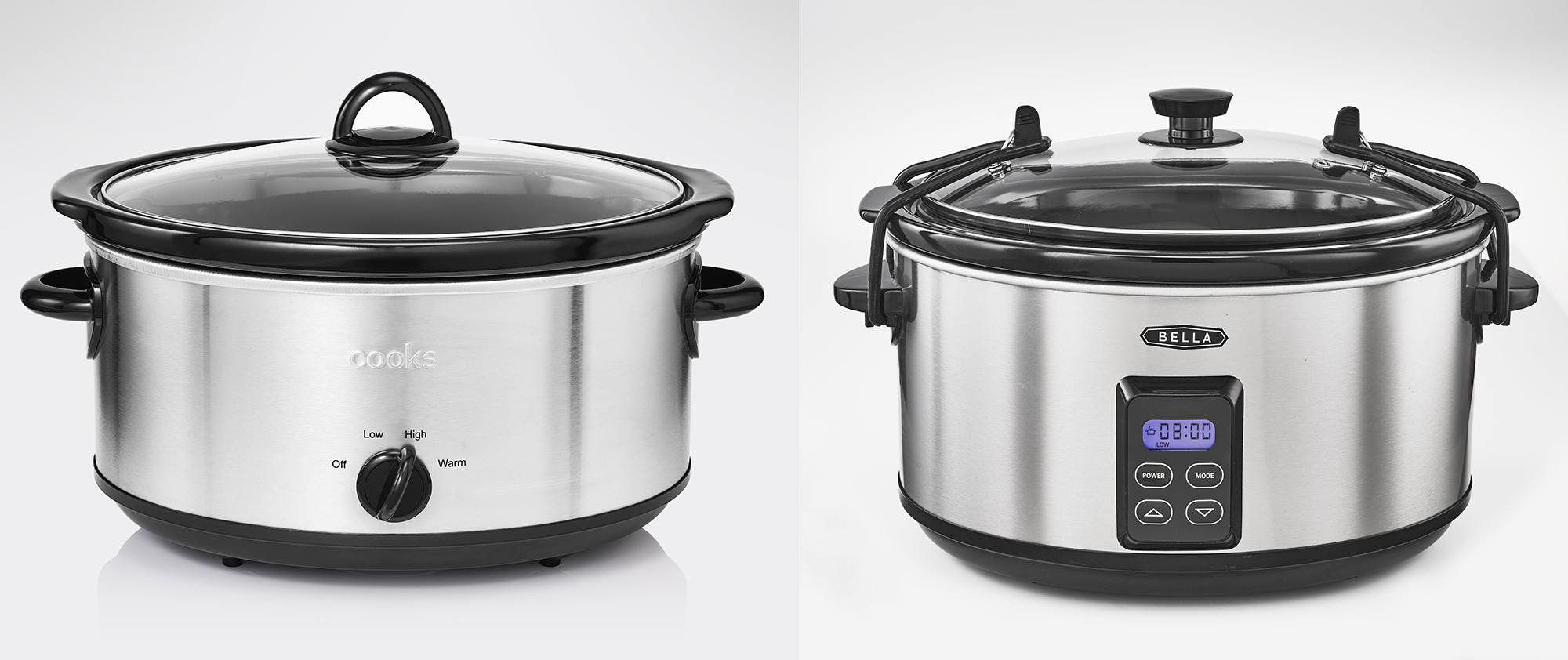Disclaimer: This post is a comparison from the point of view of a commercial product and/or food photographer. It is meant to reflect the look-and-feel of using two of the medium format systems available on the market at the moment, while used workhorse in a commercial photography studio. It isn’t in any way a dedicated technical comparison. I used images picked from real-life situations (work done for clients). Nevertheless, I did choose two objects that are the same material and shape in order for the conclusion to be meaningful.

Fuji GFX vs PhaseOne systems
I used both these extensively and my observations are based on my workflow. Other photographers’ experience may differ.
In hand and workflow
Evidently Fuji has the advantage here as it’s a much smaller camera and easier to hold. Interface wise PhaseOne seems more straight forward. Phase One has two (inefficient) batteries that will not charge through the USB tethering cable. Fuji has one small battery that does charge via tethering.
The focus stacking on the P1 cameras is nice and very user friendly. For the Fuji it seems more complicated and difficult to access. However, once set and customized on a CFn button, I found the Fuji’s focus stacking more reliable as it doesn’t allow space for user errors.
Image quality
Pixel by pixel PhaseOne seems to have a VERY small advantage at lower ISO (see the image to the right, cropped at 100%). However Fuji outshines by far the PhaseOne in color processing as well as in high ISO situations. I was never able to perfectly white balance the PhaseOne. It always seemed to have a nervous approach vs gray objects, creating strong casts.
Built Quality
One thing that completely disappointed me while using PhaseOne was the built quality and reliability. I oftenly have to replace the shutter even with the new, improved, XF body (which is very costly in long run). Fuji camera and lenses seem very well build. I am using the fuji for 6 month now and I am yet to determine the reliability. Fuji allows has, though, the possibility of a virtual shutter which greatly increases the camera lifetime. My PhaseOne didn’t. I would note that some newer P1s have virtual shutter but at an astronomical price tag.
Interface
When I switched to Fuji I had the impression that PhaseOne, which also produce the development software I use (CaptureOne), didn’t have much interest to well develop the integrations of Fuji cameras. Therefore, the studio integration of the Fuji GFX – while possible – was a somewhat a nightmare.
In conclusion
Shortly: I am very happy with my new Fuji GFX system. It creates a lot less stress for the financial aspect of the business while having a lot more versatility and being able to solve a lot more light situations that one might encounter in a real life commercial photoshoot. Phase One went the way of completely disregarding most of the commercial photographers that needed the quality of medium format while not belonging to the small clique who have a very rich clientele.

Phase One Pros
– A (very) slight advantage in Image Quality when pixel piping (though I am yet to encounter the finicky client who will notice that)
More user friendly interface (the focus stacking is more logical)
Fuji GFX Pros
– THE PRICE (costs about 10% from P1’s price)
– The versatility (high ISO and much more smaller form with only one battery)
– Portability
– The color processing is flawless (Fuji cleverly knew how to integrate their famous traditional color interpretation into their digital cameras)
– Accessibility (P1 seemed to be more remote from the mainstream and was very difficult to find informations online while fuji GFX is sold by most of the camera shops)
– Lens access (not only the Fujinon lenses are much cheaper but they all use the full potential of the camera. PhaseOne sometimes changed their Lens lineup and didn’t integrate the full camera functions for the old lenses)
